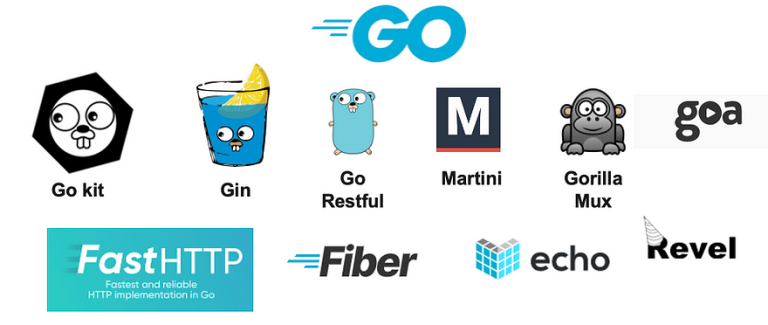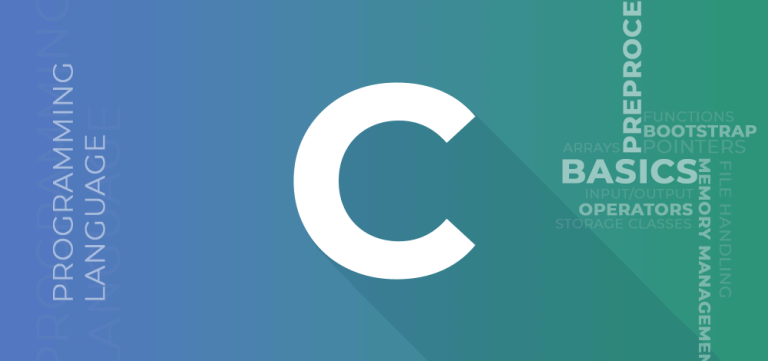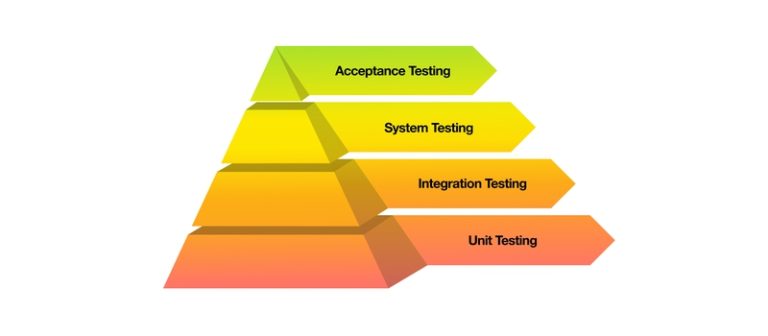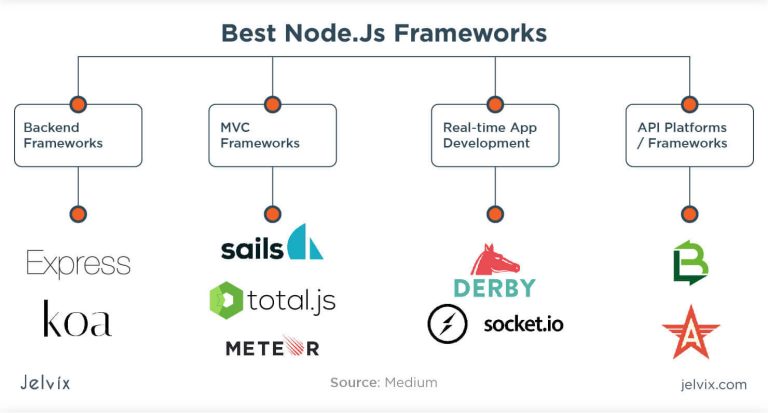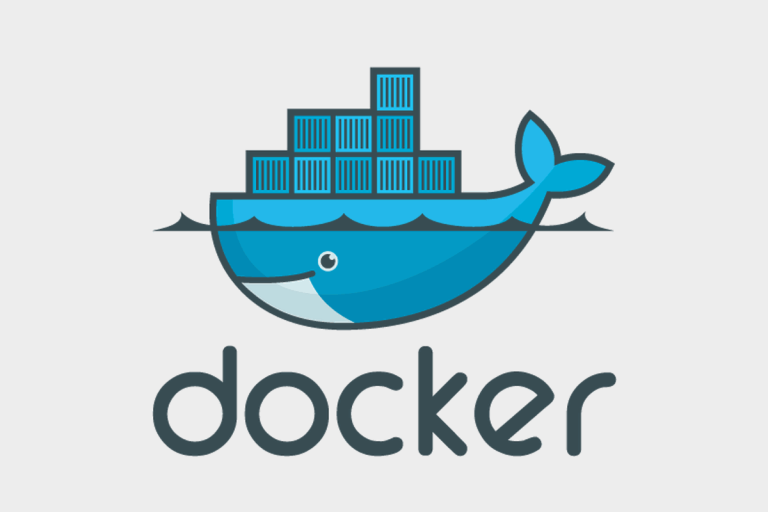Introduction
Firebase, a comprehensive mobile and web application development platform, provides a robust set of tools and services to enhance the development process. Combining the efficiency of Golang (Go) with the powerful features of Firebase can result in a modern and scalable application architecture. In this article, we’ll explore the integration of Golang with Firebase, covering essential aspects such as authentication, real-time database, and cloud functions.
1. Setting Up Firebase Project:
Create a Firebase Project:
Visit the Firebase Console and create a new project. Follow the prompts to set up your project.
Obtain Firebase Configuration:
Once your project is created, navigate to “Project settings” and find the configuration details. You’ll need the Firebase SDK snippet containing the configuration object for authentication and database setup.
2. Authentication with Golang:
Firebase Authentication allows users to sign in with various providers. In Golang, you can use the firebase.google.com/go/auth package to integrate Firebase Authentication.
Install Firebase Authentication Package:
go get -u firebase.google.com/go/auth
Sample Golang Code for Firebase Authentication:
package main
import (
"context"
"fmt"
"log"
firebase "firebase.google.com/go"
"firebase.google.com/go/auth"
"google.golang.org/api/option"
)
func main() {
ctx := context.Background()
opt := option.WithCredentialsFile("path/to/your/firebase/credentials.json")
app, err := firebase.NewApp(ctx, nil, opt)
if err != nil {
log.Fatal(err)
}
client, err := app.Auth(ctx)
if err != nil {
log.Fatal(err)
}
// Implement Firebase Authentication logic using 'client'
} 3. Real-Time Database Integration:
Firebase Realtime Database is a NoSQL cloud database that allows for seamless data synchronization. Golang can interact with the Firebase Realtime Database using the github.com/zabawaba99/firego package.
Install Firego Package:
go get -u github.com/zabawaba99/firego
Sample Golang Code for Real-Time Database Interaction:
package main
import (
"fmt"
"log"
"github.com/zabawaba99/firego"
"golang.org/x/net/context"
)
func main() {
ctx := context.Background()
fb := firego.New("https://your-firebase-project-id.firebaseio.com", nil)
// Implement Real-Time Database interactions using 'fb'
}4. Cloud Functions with Golang:
Firebase Cloud Functions allow you to run backend code in response to events triggered by Firebase features. Golang support for Firebase Cloud Functions is provided by the github.com/GoogleCloudPlatform/functions-framework-go package.
Install Functions Framework Package:
go get -u github.com/GoogleCloudPlatform/[email protected]
Sample Golang Code for Cloud Functions:
package main
import (
"fmt"
"net/http"
"github.com/GoogleCloudPlatform/functions-framework-go/funcframework"
)
func HelloWorld(w http.ResponseWriter, r *http.Request) {
fmt.Fprint(w, "Hello, World!")
}
func main() {
funcframework.RegisterHTTPFunctionContext("/", HelloWorld)
funcframework.Start("8080")
}5. Testing the Integration:
Authentication:
- Implement the desired Firebase Authentication logic.
- Test user authentication using Golang.
Real-Time Database:
- Connect Golang to the Firebase Realtime Database using Firego.
- Perform read and write operations on the database.
Cloud Functions:
- Create a Cloud Function using Golang.
- Deploy the function to Firebase Cloud Functions.
- Trigger the function and observe the results.
Conclusion
The combination of Golang and Firebase empowers developers to build modern, scalable, and feature-rich applications. From authentication to real-time database interactions and cloud functions, Golang seamlessly integrates with Firebase services. This article provides a starting point for developers looking to leverage the strengths of both Golang and Firebase in their projects. Experiment with these examples, explore the Firebase documentation, and tailor the integration to meet the specific requirements of your application. Happy coding!



